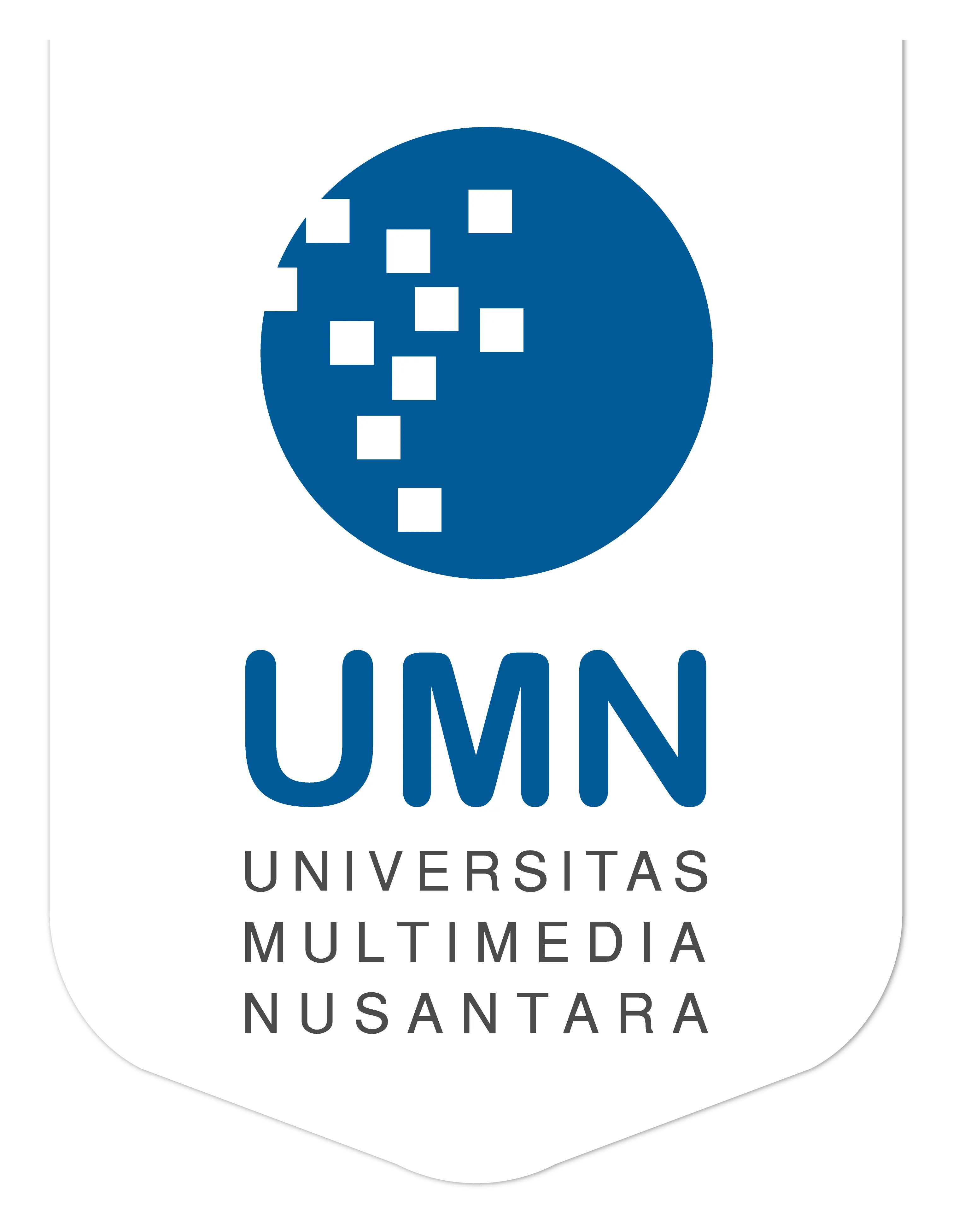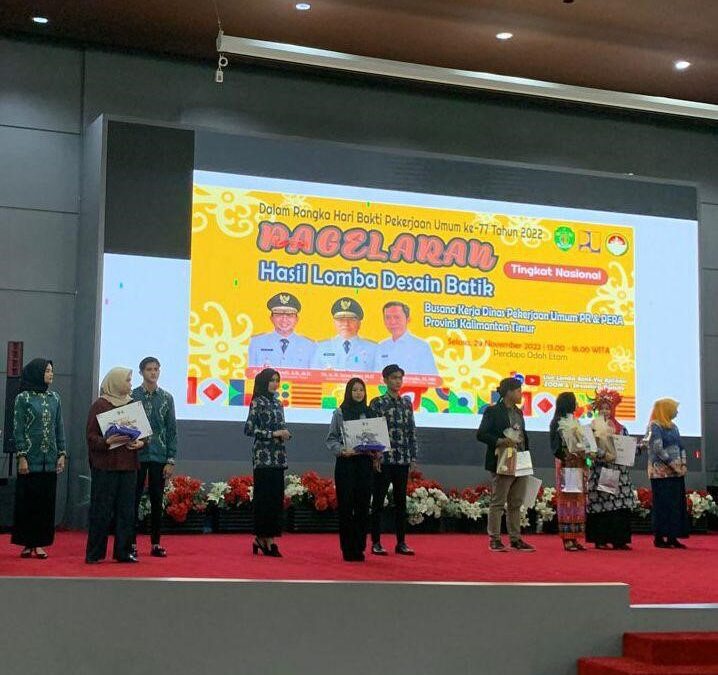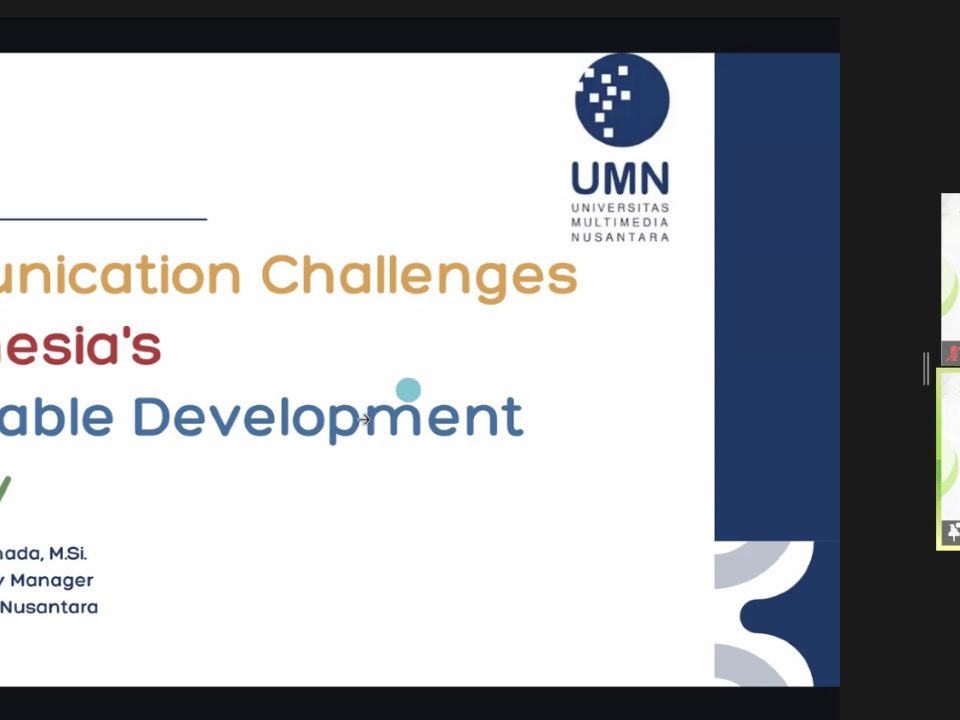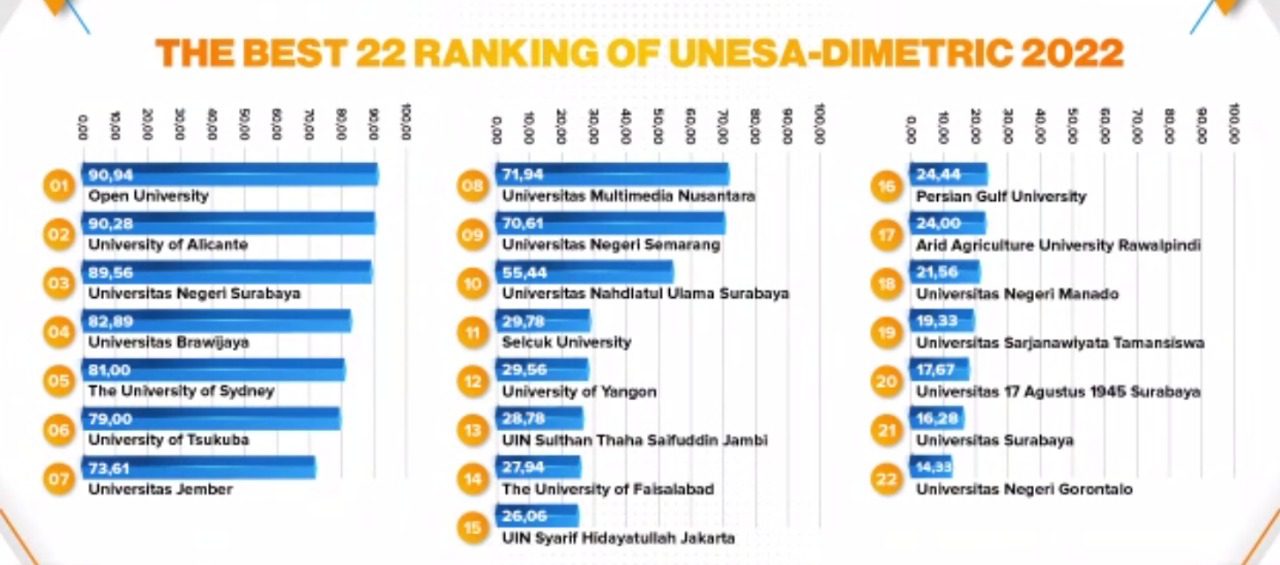
UMN Enters Unesa-Dimetric’s List of Disability–Friendly Campuses
January 12, 2023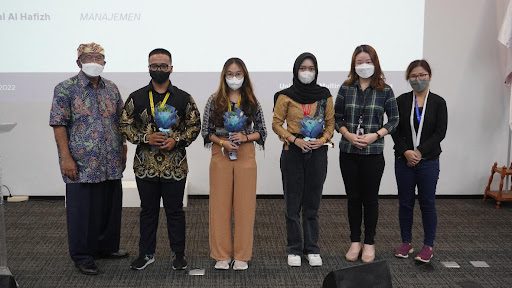
Hundreds of UMN Students with Achievements Receive the 2022 Appreciation Symbol, Here’s the List
January 16, 2023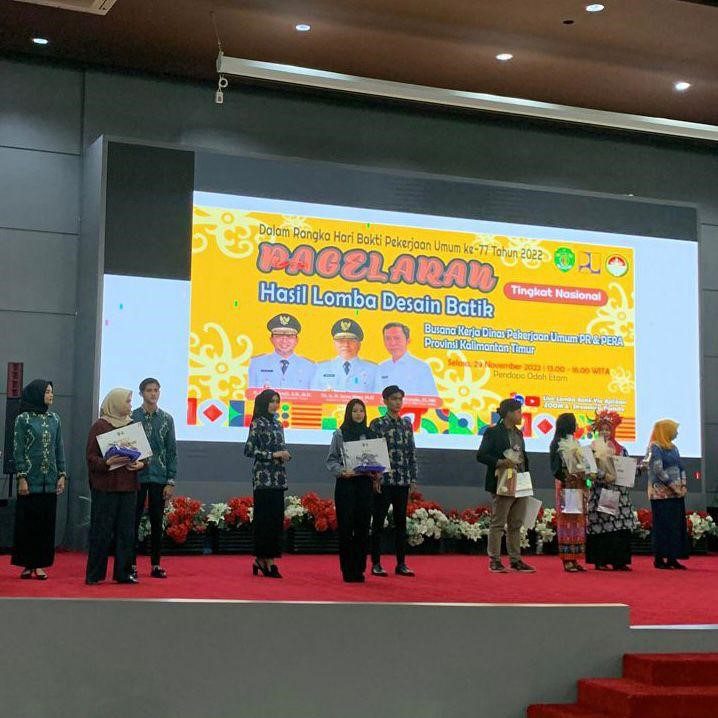
VCD UMN student’s design was selected as the winner of the “Workwear Batik Design Contest for the Office of Public Works and Public Housing of East Kalimantan.” (Doc. UMN)
TANGERANG – The work of 2020 UMN VCD student Marshanda Fitri Maharani was chosen as the winner of the Workwear Batik Design Contest for the Office of the Public Works and Public Housing (Dinas Pekerjaan Umum Penataan Ruang & Perumahan Rakyat/PUPR & Pera) of East Kalimantan Province, Friday (30/09/22).
This competition is one of the activities to welcome the 77th Public Works Service Day. Marshanda was proud and happy to be directly involved in this national-scale competition.
“My batik work is entitled ‘Harmoni Alam Kalimantan‘ using a design concept that shows the natural beauty of Kalimantan, which we need to protect and maintain properly,” Marshanda said, explaining her batik design concept.
Marshanda shared that the design concept does not only display aesthetic value. “Harmoni Alam Kalimantan” wants to remind the public of modern development that is in harmony with nature conservation.
The natural wealth of East Kalimantan inspired the design concept. She incorporated a rare design— from the dragonfly kestrel to the rare black orchid.
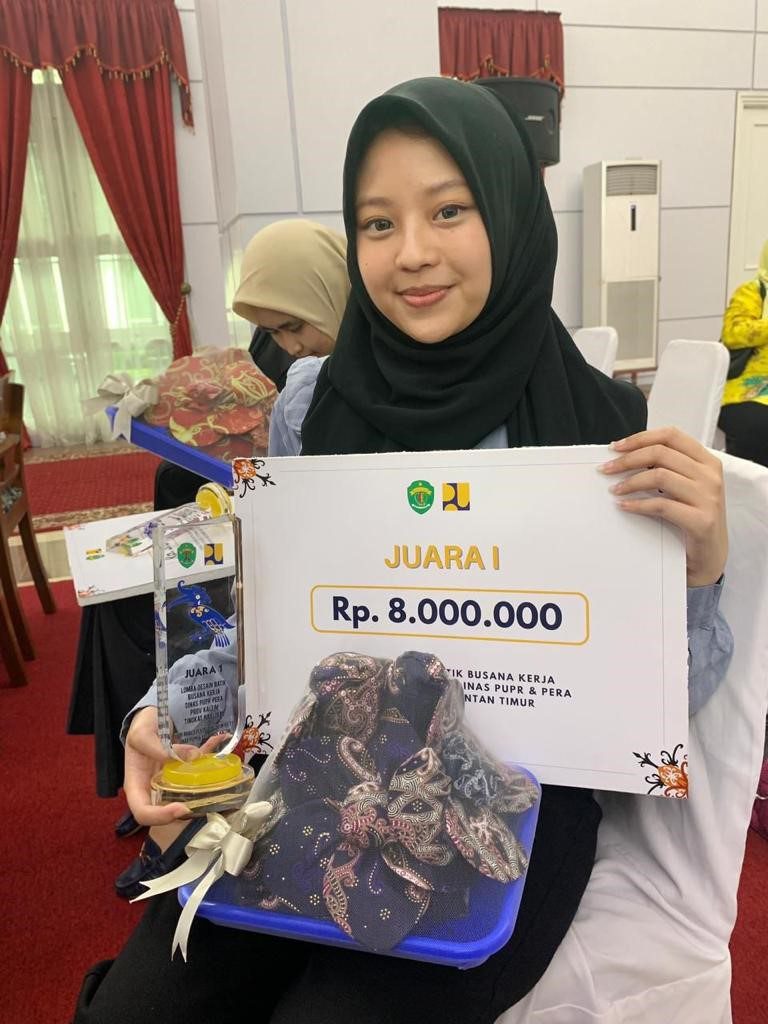
Marshanda Fitri Maharani received an award at the Odah Etam Hall, East Kalimantan Governor’s Office, Tuesday (29/11/22). (Doc. UMN)
Marshanda admitted that her involvement in this competition started with the “Ornament Design” class at the UMN Visual Communication Design Study Program. According to Itta Ernawati, S.Sn., a UMN “Ornament Design” lecturer, Marshanda’s success proves that this class can hone students’ skills and creativity.
“I also feel proud that my guidance benefits students and helps them understand the role of archipelago ornaments in other interactive media,” Itta said.
The “Ornament Design” course teaches the processes and procedures for making an ornament. This process involves researching ornaments and determining symbolic, aesthetic values to recognize and preserve local wisdom.
“So the ornaments made have their own uniqueness and meaning both in terms of grouping the characteristics and the character of regional designs,” Itta explains.
By Melinda Chang | UMN News Service
English translation by Levina Chrestella Theodora
Kuliah di Jakarta untuk jurusan program studi Informatika| Sistem Informasi | Teknik Komputer | Teknik Elektro | Teknik Fisika | Akuntansi | Manajemen| Komunikasi Strategis | Jurnalistik | Desain Komunikasi Visual | Film dan Animasi | Arsitektur | D3 Perhotelan , di Universitas Multimedia Nusantara. www.umn.ac.id
